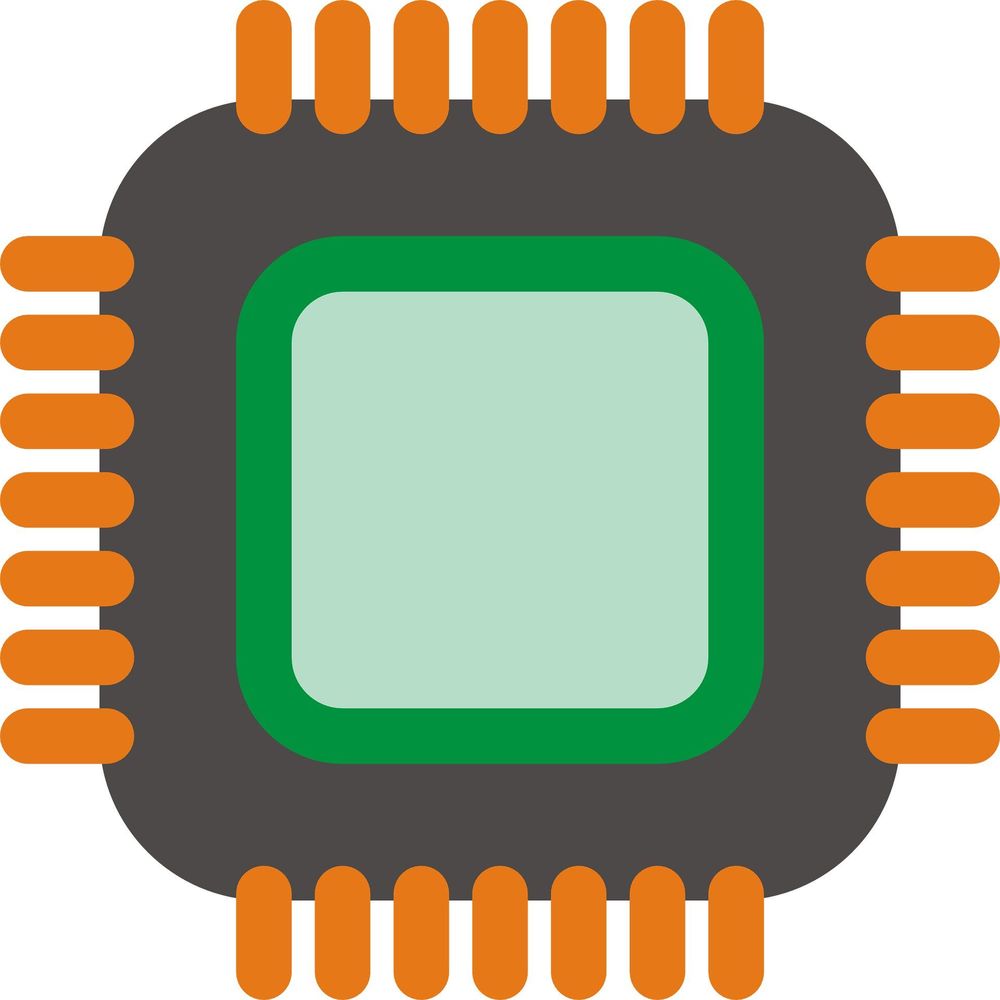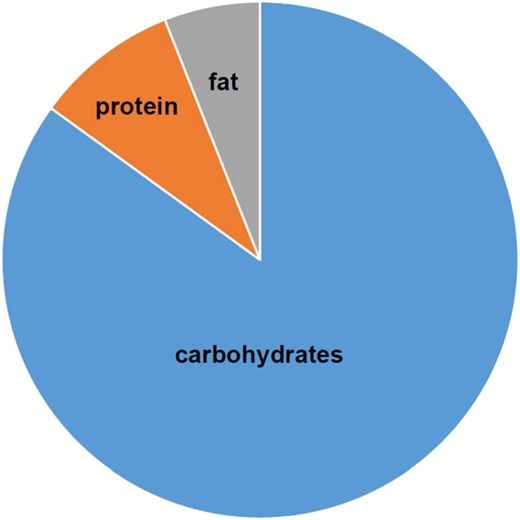\u003c!— wp: paragraph —
\u003cpTechnology has let us down. Here’s how to make it work for us again… and 35 young innovators leading the charge\u003c/p
\u003c!— /wp: paragraph —


Chemistry Nobel
Olof Ramström, from the Nobel Committee, said lithium-ion batteries had “enabled the mobile world”.
Three scientists have been awarded the 2019 Nobel Prize in Chemistry for the development of lithium-ion batteries.
John B Goodenough, M Stanley Whittingham and Akira Yoshino share the prize for their work on these rechargeable devices, which are used for portable electronics.
At the age of 97, Prof Goodenough is the oldest ever Nobel laureate.



CLEW, an Israeli medtech firm specializing in real-time AI analytics platforms, received approval from the United States Food and Drug Administration (FDA) for its “Predictive Analytics Platform in Support of COVID-19 Patients,” the company announced Tuesday.
The Intensive Care Unit (ICU) solution was given Emergency Use Authorization (EUA) by the FDA so that it may be implemented within the United States’ health system as soon as possible.
In an era of digital eavesdropping where hackers employ a variety of means to take over built-in video cameras, peruse personal digital data and snoop on cellular conversations, researchers have finally seen the light.
Literally.
Israeli researchers report that they successfully tapped into speech and music inside an apartment simply by focusing on a light bulb.

Intel Corporation announced Monday that its forthcoming Tiger Lake processors will pack a defense mechanism against Spectre-type malware attacks.
Spectre vulnerabilities allowed hackers to break into systems using Intel processors manufactured over two decades and steal passwords, personal photos, emails and other sensitive data stored in the memory of other running programs.
Such control-flow hijacking attacks have always been difficult to mitigate through software programs. Intel’s new Control-Flow Enforcement Technology (Intel CET) will install CPU-level defense mechanisms to combat such assaults.



Nutrition has profound effects on ageing and lifespan. Caloric restriction is the major nutritional intervention that historically has been shown to influence lifespan and/or healthspan in many animal models. Studies have suggested that a reduction in protein intake can also increase lifespan, albeit not as dramatically as caloric restriction. More recent research based on nutritional geometry has attempted to define the effects of nutrition on ageing over a broad landscape of dietary macronutrients and energy content. Such studies in insects and mice indicate that animals with ad libitum access to low-protein, high-carbohydrate diets have longest lifespans. Remarkably, the optimum content and ratio of dietary protein to carbohydrates for ageing in experimental animals are almost identical to those in the traditional diets of the long-lived people on the island of Okinawa.